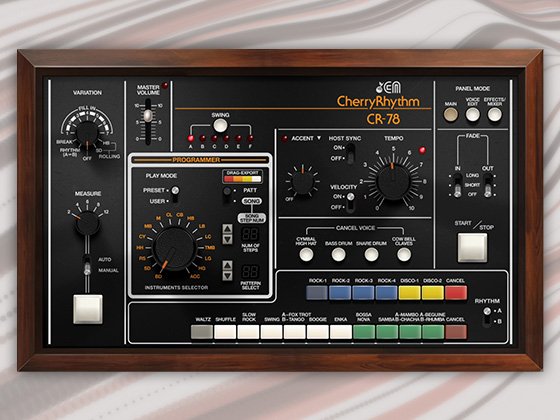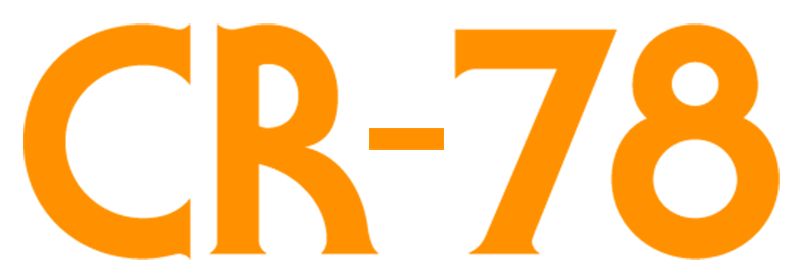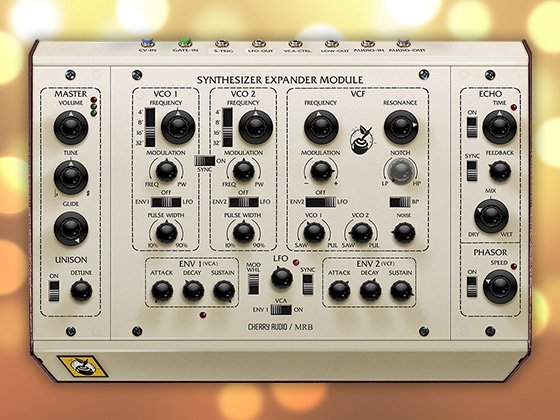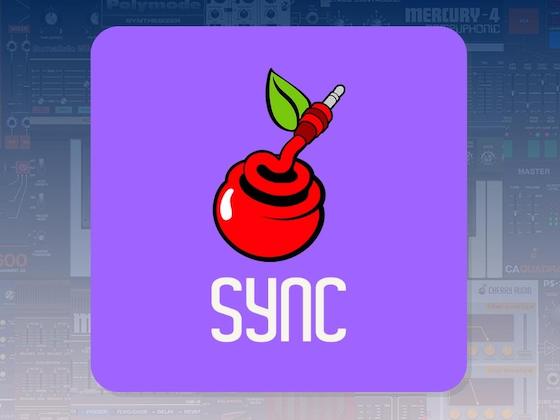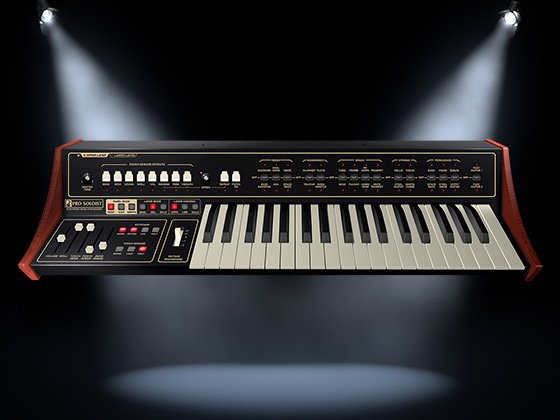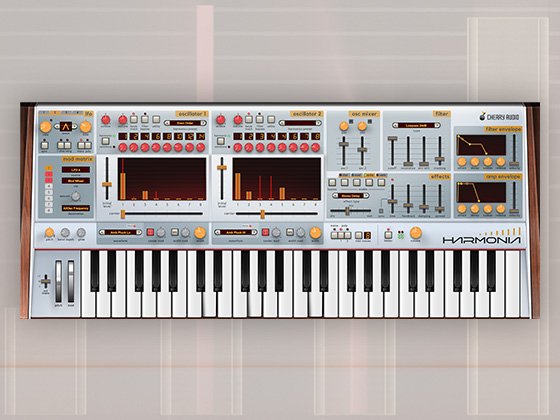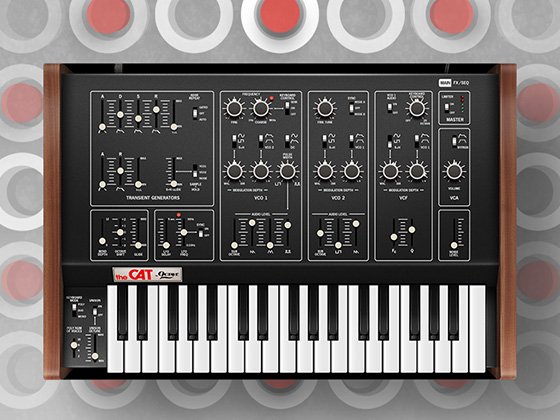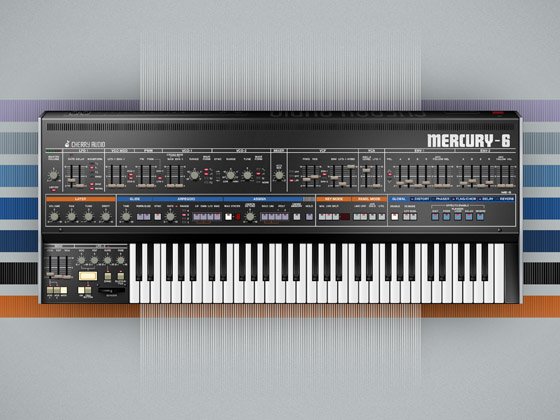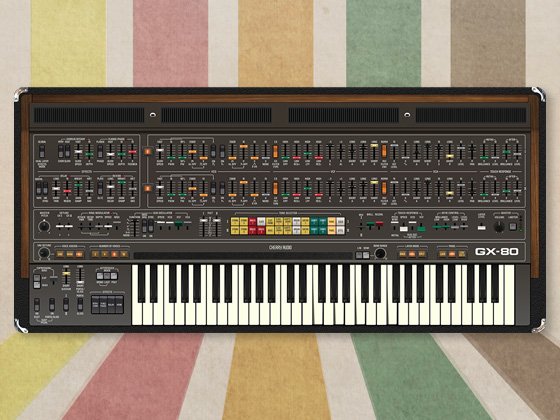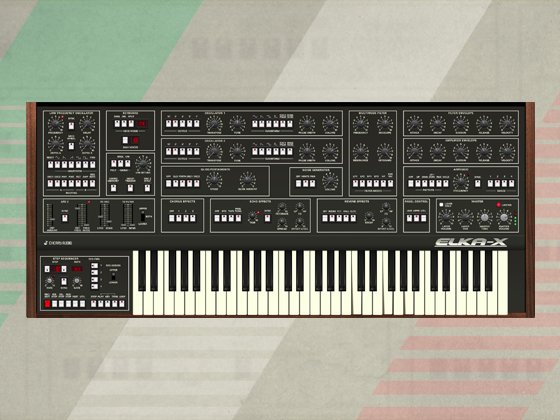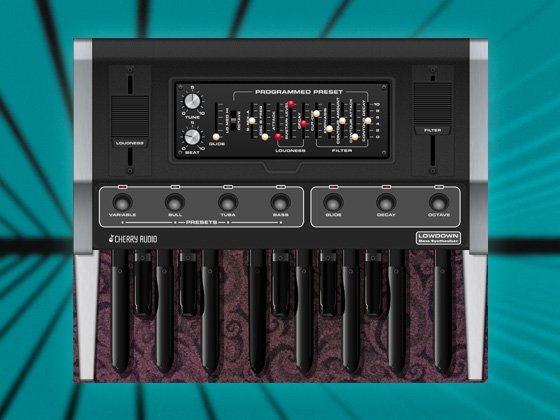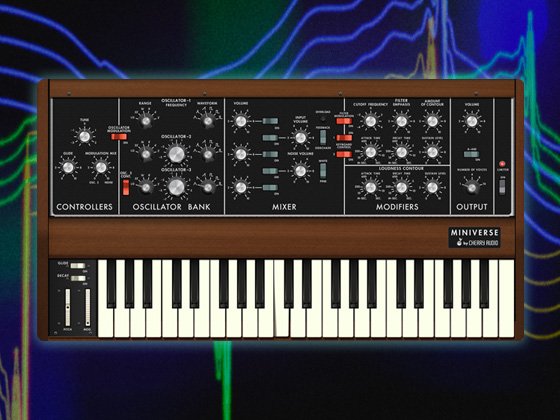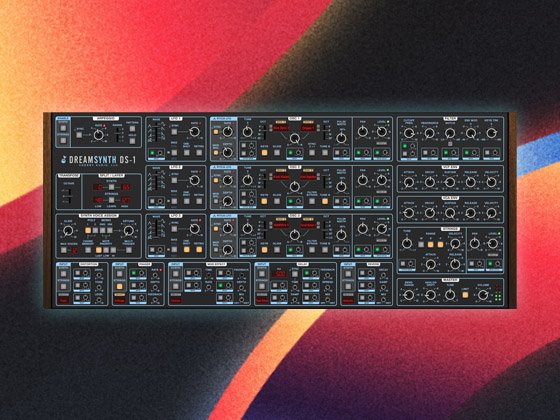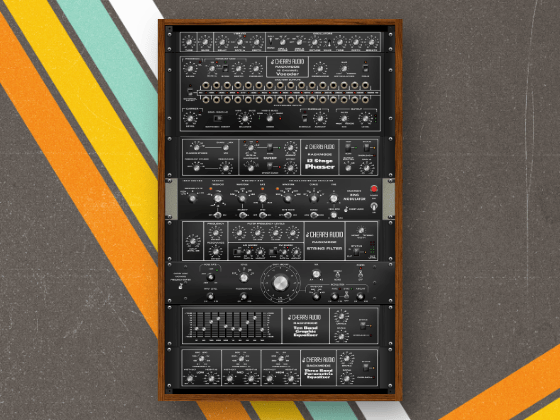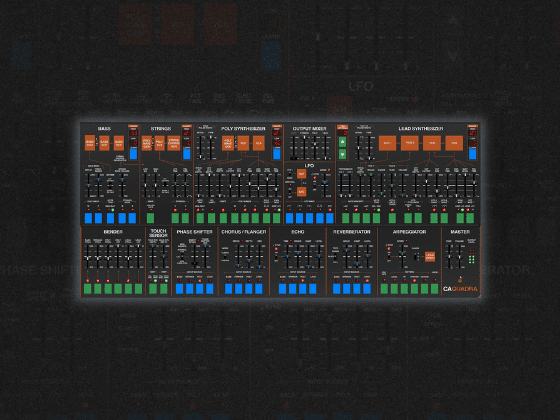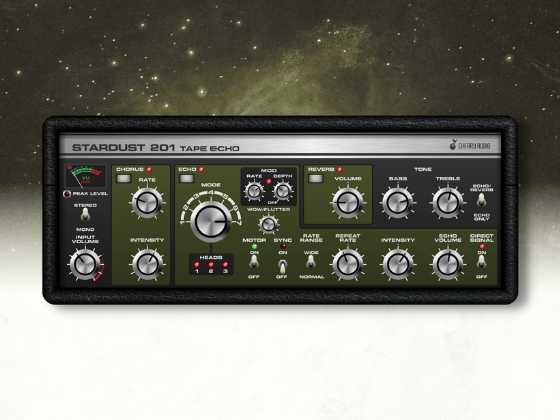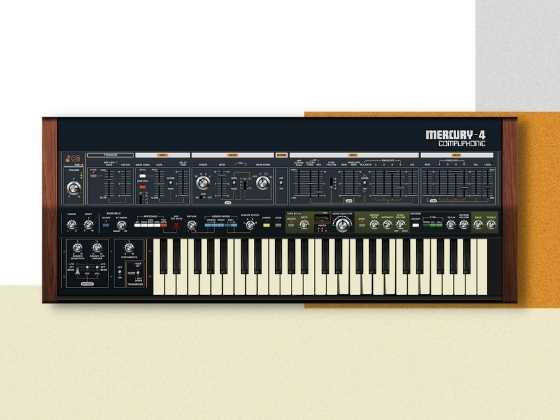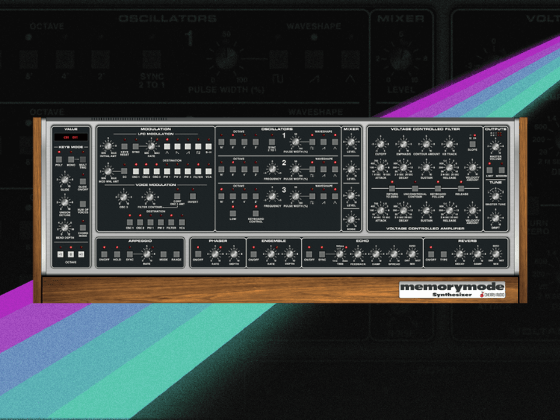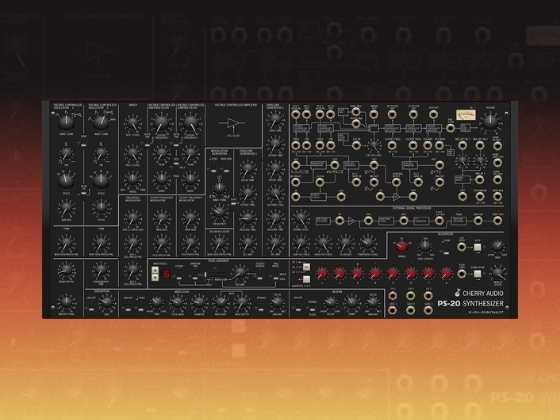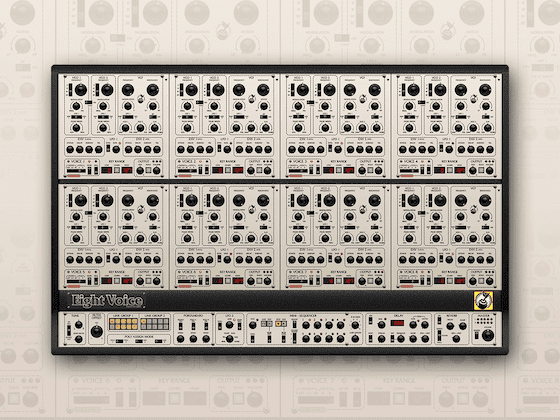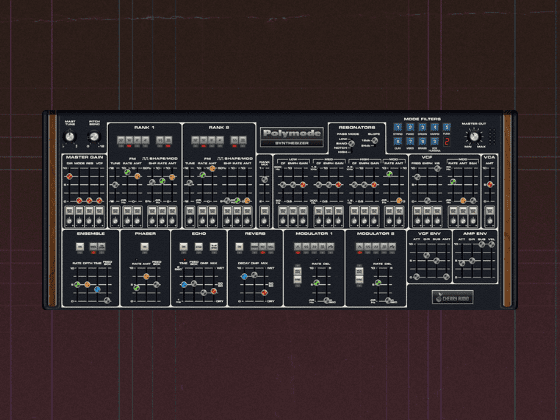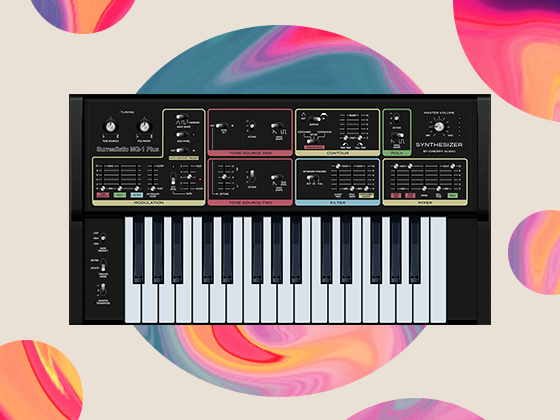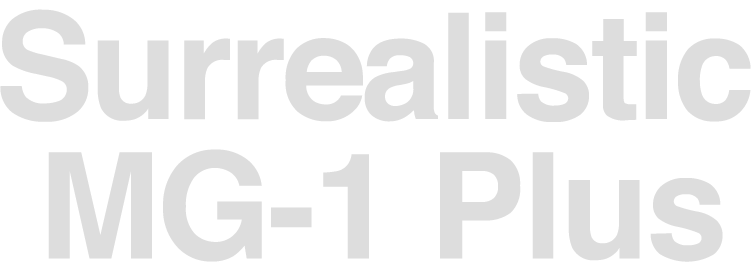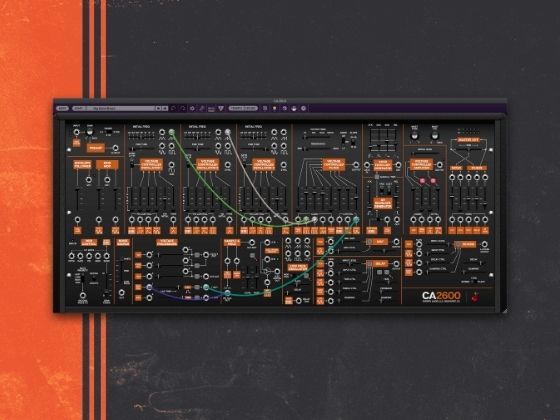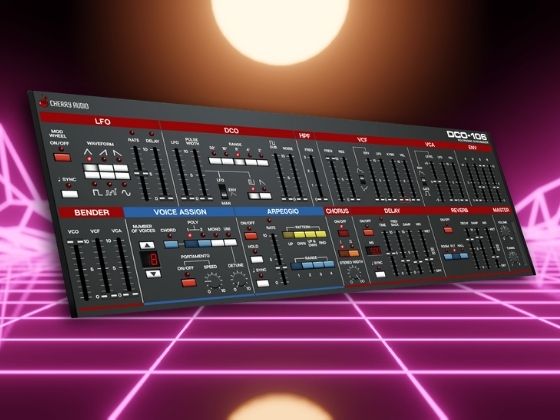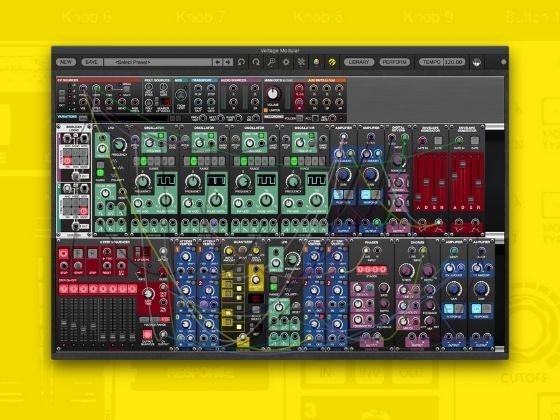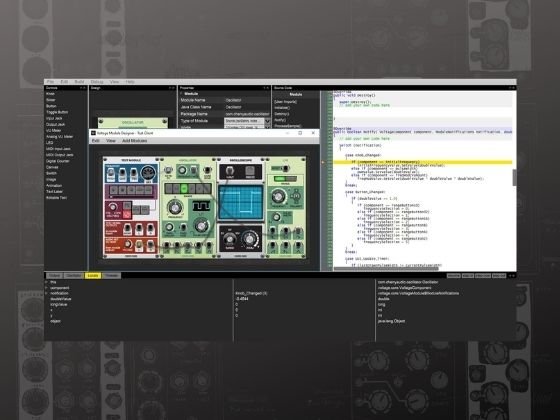Manufacturer: Weevil
$25.00
The poly graphic waveshaper is a flexible distortion, folding and shaping module with support for loads of CV-control.
Knobs:
- BOOST - amplify the incoming signal by a factor of 0 (no boost) to 4.
- RANGE - change the range of the shaper from +/- 5V to +/- 10V. This affects both range of the outgoing signal and how the wave is modified by the shaper.
- OFFSET - adds / subtracts up to 5V to / from the incoming signal.
- FDBACK - sets the feedback amount from 0 to 100%
- PADDING - softens CLIP and FOLD
- SHAPE - sets the amount of the wave shape function
- CONTROL - attenuverter for the control points
- EDGE - set how sharpe the curve is at the points
- SHAPE EFFECT - applies effects on the wave shape function
- SYMMTR - change the symmetry of the incoming signal.
The shape: You can change the shape by moving the line and control points in the canvas using the mouse. Blue points (line points) modify the line, green points (control points) modify the curvature. The x-position of the control points is set to equal distance of the surrounding line points. To set more precise values of a point, select it by clicking on the point. After that you can modify the value using the x and y knob. You can reset a point to its original position by right clicking on it. The 4 input CV's allow you to apply CV to the shape. To map CV you click on a line point in the canvas and change the X and Y attenuverters for the CV input. Each CV input can be applied to any number of line points.
Shape effects:
- VERTICAL FOCUS - change the width of the shape transformation curve (from the center). Will change the vertical focus on the output signal.
- VERTICAL COMPRESSION - apply padding before or after the shape transformation curve. Will clip the output signal.
- RESOLUTION - apply bit reduction on the shape transformation curve, similar to just bit reduction on the output signal.
- TRANSFORM FOLD - phase transformation of the shape transformation curve, the overflow of the curve is folded back on itself.
Buttons:
- INIT SHP - Initialize the shape, select the number of points in the dropdown. Initializing a new shape also clears all point CVs.
- CLIP / FLD - Sets how to handle overflow (above range), CLP just keep it to the max value, folds folds it.
- UNI / BI - Switch between unipolar (shape applies to positive and negative separately) and bipolar (shape applied to the full -range to + range.
- CTRL CV / AUDR CV /MIX - Set how often CV is updated from control rate (every 48 samples) to audio rate (every sample.) Use AUDR CV if you use audio rate modulation. The MIX option uses CV Rate for SHAPE and CONTROL and Audio Rate for all other CV (SHAPE AND CONTROL are used for the CPU intensive curve calculation).
- FRCT - Sets how many times the shape is applied to the input. The (I) options reverses the shape of every second iteration.
- RND SHP - Randomize the shape and point CV.
- GATE - Enable noise gate (mute output when input is 0).
- OVERS - Oversampling to reduce aliasing (between 1 and 8). Undersampling (DIV2, DIV3 etc) can be used to introduce more aliasing (and to lower CPU).
- CLR CV - Clears CV for all points.
CV GATE input - send in an envelope signal. Will reduce all CV input with the envelope.
The module allow you to modify up to three separate signals.
Heavy use of CV (especially at audio rate) can cause sound out even if the input value is 0. To reduce this you have a couple of options:
- Set the noise gate to GATE (this will reduce the output to 0 after a few milliseconds if the input value is 0).
- Add an envelope to CV GATE (this will apply that envelope to all CV inputs).
This module can drastically change the incoming signal. This can easily cause aliasing, the oversample button allows you to overcome this to some degree.
For pleasant results, use on sine and triangle waves and don't use extreme settings. For unpleasant results, do whatever you want.


























